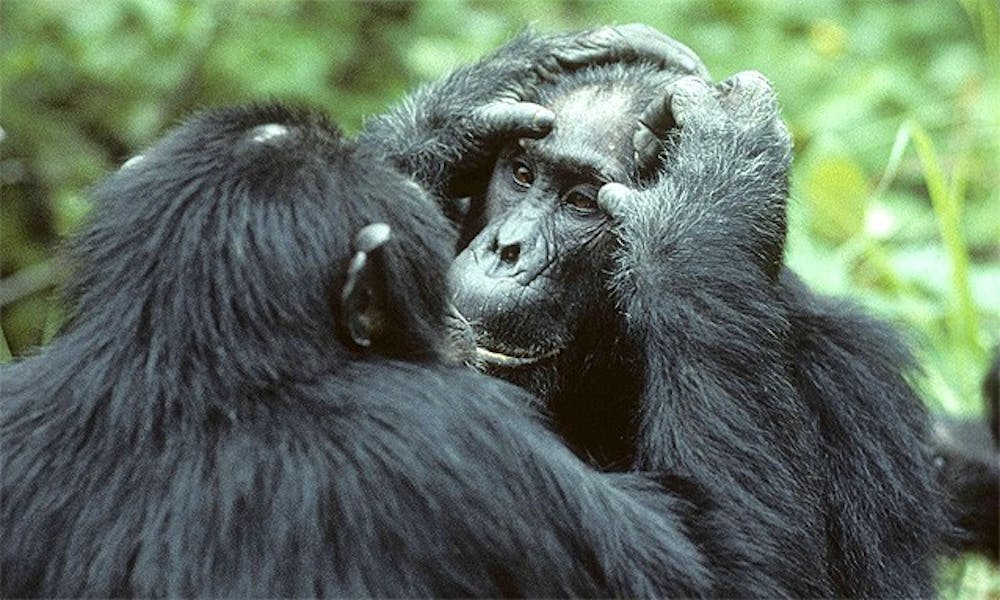A recent study conducted by a group of researchers that included several Duke professors established yet another biological link between humans and their primate relatives.
“It was originally thought that humans have a unique aging pattern,” said Anne Pusey, chair of the evolutionary anthropology department. “Until we produced all this data on other primates, there really wasn’t [long-term] data to compare humans with close relatives [relating to aging patterns].”
Humans, who live longer than other primates and many years beyond their reproductive prime, have traditionally been thought to age slower than other primates. But the results of the study, which was published in the March 11 issue of Science, found that the rate at which morality rates increase with age is similar between humans and other primates.
Results focused on data from long-term studies of seven different primates, including chimpanzees, gorillas and baboons. Researchers compiled 25 to 50 years of cumulative data for each of the primate species, said researcher Susan Alberts, professor of biology. Alberts, for example, began collecting data on baboons in 1984 in Kenya.
“What this study is showing is that when you look at certain patterns of aging—like the rate at which the risk of dying changes—humans really aren’t that much different,” Pusey said.
Alberts added that the researchers were surprised by the results considering the groups’ different placements on the primate family tree.
The data was not originally collected for measuring aging rates across primate species, but instead for other independent long-term studies.
“No primate research project begins thinking they are going be long term enough to get mortality [data],” Alberts said, adding that in 2010 the researchers realized the connection between all their data. “[We said], ‘Let’s get together and do something that no one has ever been able to do before, which is look at natural aging in natural, un-manipulated populations of primates and compare it to humans.’”
The researchers plan to conduct other reviews of data, including a comparison of reproductive rates by age among different primates.
“As these data sets increase, we’ll be able to make these comparisons in much more detail,” Pusey said.
Get The Chronicle straight to your inbox
Signup for our weekly newsletter. Cancel at any time.

